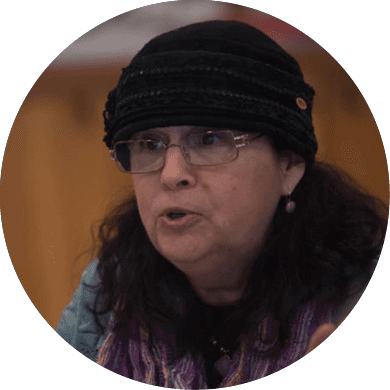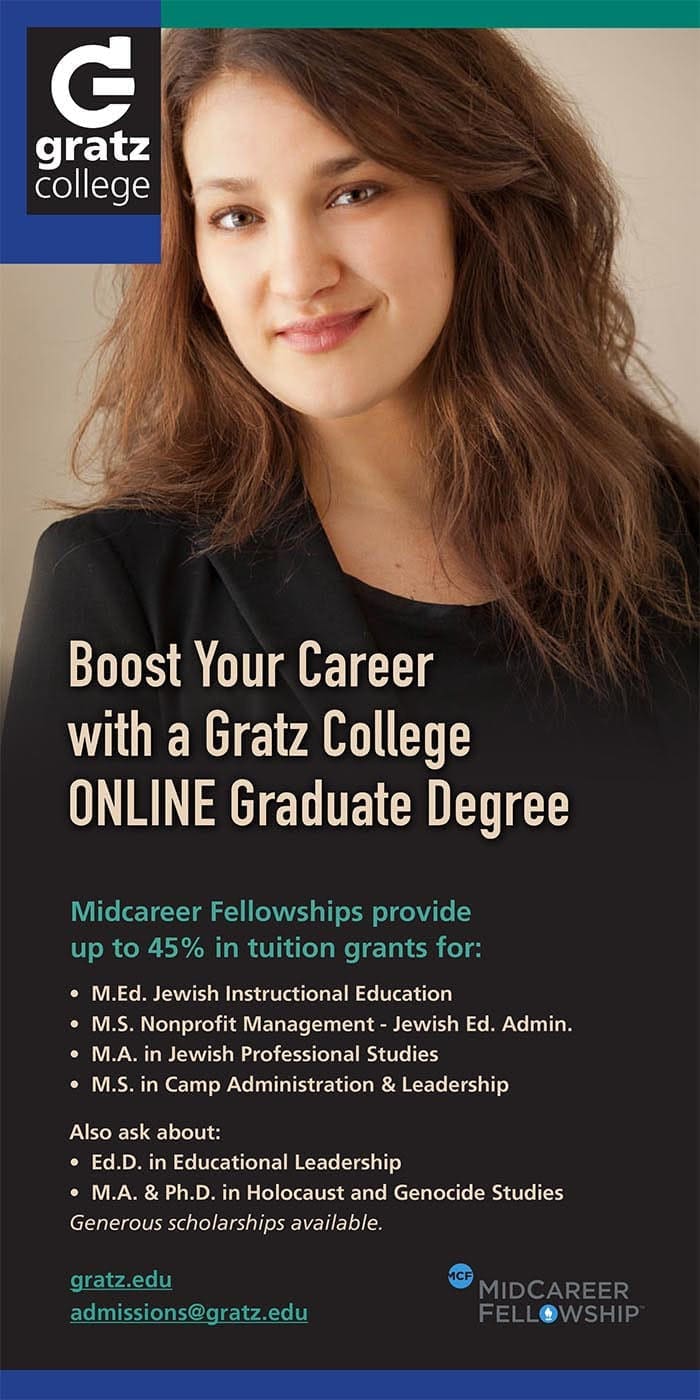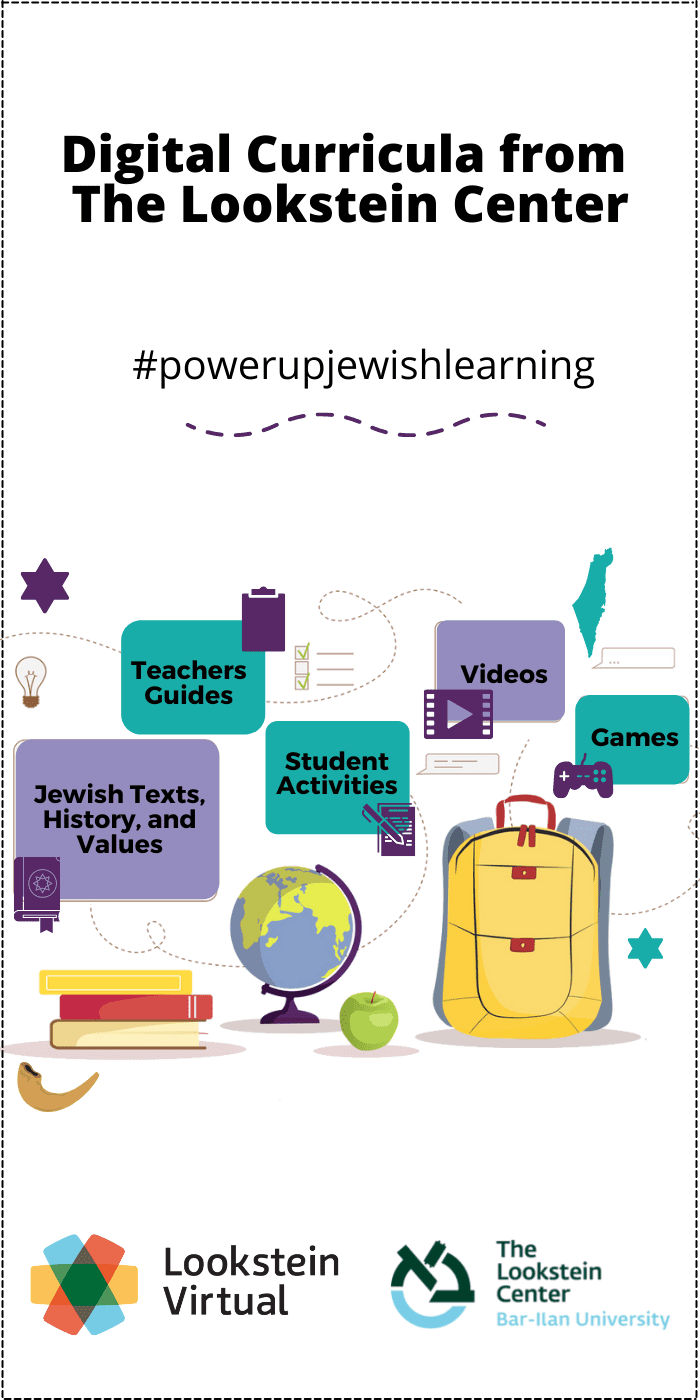Antisemitism, the condition of our world, the identity crisis of too many of our young adults and rising leaders, it can be and often is just too much. How do we respond?
A young man from a Modern Orthodox Jewish home in a Northeastern community with a sizable Jewish population lives in the western part of the United States outside of any such community. He has blond hair and green eyes, slight muscular build, and is in his twenties. People who see him occasionally greet him with the statement, “You look like a great Aryan.” At other times, he confronts antisemitic remarks if anyone thinks he may be Jewish (due in part to his name). He has also been negatively impacted by his experiences in a well-known university with a sizable Jewish privileged population, where he witnessed accepted blatant racism and prejudice towards people of color and various ethnicities, causing him to feel alienated from his own American Jewish peers as he advocated for other groups being maligned. He is frustrated, disillusioned, and reluctant to identify with any specific grouping for any reason. He finds his comfort in a group of equally disillusioned friends and peers who identify with each other more than any nationality, ideology, religious tradition or ethnicity, while representing all of these groupings. He is most certainly not alone.
The rise in antisemitism is not occurring in a vacuum; it is part of a rising tide of prejudicial rhetoric against all affinity groups including those based on race and sexual identity. One particular feature of contemporary bigotry is the complicating factor of intersectionality, the interconnectedness of aspects of identity such as race, class, and gender. In this climate, any distinguishing identity can cause the individual to be disqualified from other group affiliations as well. For example, any level of loyalty to Israel is summarily cast as immoral support for the oppressor, disqualifying the individual from groups working toward social justice. In one recent case, at an international conference for the LGBTQ+ Jewishly participants were physically and verbally attacked as being “oppressors.” Similar reports have been shared from those attending Black Lives Matter events and other gatherings dedicated to a range of social justice activities. Intersectionality divides people into one of two categories—the oppressed and the oppressors—with no room for nuance or complexity.
The negative experiences of young Jews can generate discomfort with and alienation from their Judaism. As one disenfranchised 20-something put it, “I care about all people and if Judaism cannot show me that this perspective is supported, it has no place in my life.”
What role can we, as educators, play in this unfolding drama?
First, the members of the Jewish community must be taught that by any metric, Judaism is about social justice, inclusion, respect for the other, and ensuring the safety and well-being of all. The texts we study, the writings we engage, and the conversations we have can reinforce this core understanding—that their Jewish identity is not inconsistent with the values they hold dear. Back to our young man. He may not be “observing” in the conventional sense of the word, but when he learns about shemita (the Sabbatical year) and its teachings about the land, social justice, returning the sense of dignity to individuals by forgiving debts, he gains a greater appreciation of Judaism’s meaningfulness in his life, regardless of whether he shares this with other members of his affinity group or whether they accept his position.
Second, it is valuable to highlight the contemporary efforts of Jews in a multiplicity of social justice areas. These can include Jewish historical involvement in the early labor movement and Jewish participation in the civil rights movement, but also more recent initiatives. There are initiatives to feed the hungry, both in North America (Mazon) and in underprivileged countries in South America and Africa (AJWS), Jewish environmentalists (Hazon, Arava Institute for Environmental Studies), Jewish sustainability entrepreneurs (Yosef Abramowitz), interfaith dialogue, immigrant assistance (HIAS), and the many efforts that bring young people together across lines of observance, religious belief, ethnicities, race, and every other identity marker. Add to these the organizations and initiatives based in Israel to bring energy to African villages, water to parched lands, aid to disaster struck areas, and so much more.
Third, a sense of Jewish history is essential for young Jews to understand—and to help others understand—that the core experience of Jews for the past two thousand years, including much of the existence of the modern State of Israel, has been one of powerlessness, dependence, and vulnerability in the face of existential threats. That historical knowledge and core message are critical for preserving Jewish identity and pride, and provide the basis for being able to recognize the distinction between legitimate critique of Israel and anti-Zionism as well as the dangerous conflation of anti-Israel sentiments with antisemitism.
Fourth, we can provide our youth and young adults with tools to question, engage in honest discourse with others with whom they will not agree, find and consult accurate resources, learn their history and collective backstory, all as part of reclaiming their identity. One model for fostering civil conversations is provided by Krista Tippett. Within this process, if we all participate in this reboot of the social justice aspect of Judaism so central to our traditions, we can hopefully work together to heal the rift that has threatened our well-being. As we program, teach, and share, we simultaneously have the challenge of acknowledging the “world out there and its messages” and responding through choosing the focus of our work to respond to the needs and very important causes which our younger adults hold dear.
By engendering interest in acquiring the tools for learning and using our very available resources in accessing these teachings, those whom we hope will take on the reins of leadership in our Jewish community will be bolstered in their understanding of Judaism for its positive teachings, so related to their interests and causes. Development of strong, clear identity, resulting from a supportive background, shared messaging from different target groups, and understanding where one stands in our complex and complicated world should be the experience of our 20-somethings, 30-somethings, and younger individuals.
A Jewish professional 30-something woman who also comes from a religious Jewish home is asked about her identity. She responds:
I live in a progressive, often queer, often multi-racial, Jewish community where we are dealing with such intense political and social unrest and have become deeply committed to the vision of a progressive, multi-racial democracy in the United States, our home, where we live. In this reality, my read on the tension between progressive Jewish engagement and perspectives on Israel is that a lot of younger progressive Jews feel much more committed to making our diasporic American context better and more just. This is our home…on top of that many of those people would say that one strategy to fight antisemitism is to be aligned with other fighting for the same multi-racial U.S. democracy that Jews need in order to survive and thrive.
This quote is provided by someone who is successful in their career, doing this type of community Jewish work, and with a good sense of what the challenges are. The answer embedded in her words is to acknowledge the larger context of anti-any group messaging and to join ranks with all who are impacted, thus creating coalitions and hopefully instilling pride in individual identities as well.
While Jewish identity per se may too often not be on the table for those addressing the basic issues of survival, economic inequity, and so much else that plagues our reality today, it is so clear to all of us that it can and should be. What if we were to collectively enter this increasing chasm and follow our Jewish professional’s advice articulated here? While recognizing the reality that confronts us all and the conflation of antisemitism with so many other dynamics that threaten us all, we can focus on what we need to internally learn and advocate for so that the external messages do not continue to derail and compromise. Through shared emphasis on this focus, we open ourselves up collectively to recommit ourselves to the very issues that concern young Jews, to learn from them, and to reconfirm for them that this is indeed part of our history and heritage.

Saundra Sterling (Sunnie) Epstein (shulisrose@aol.com) directs BeYachad, a program bringing Jewish learning and living together. Dr. Epstein is a lifelong teacher and has published widely. She is Educational Consultant to ESHEL, the LGBT inclusion consortium for the Orthodox community. Sunnie serves on the presidium of a large multi-faith council.
Reach 10,000 Jewish educational professionals. Advertise in the upcoming issue of Jewish Educational Leadership.





